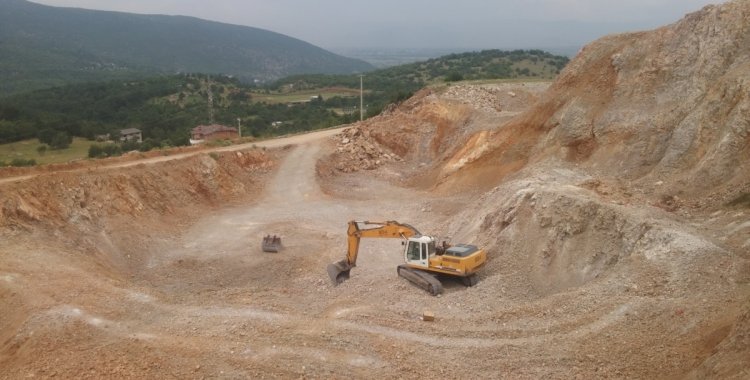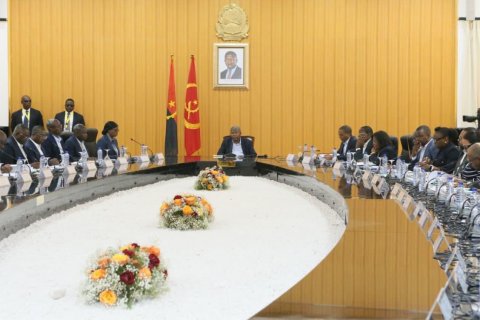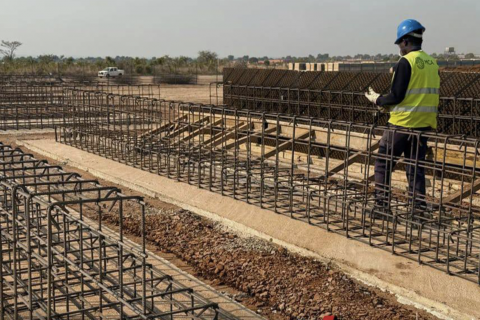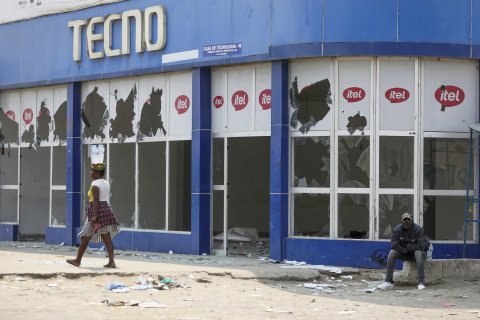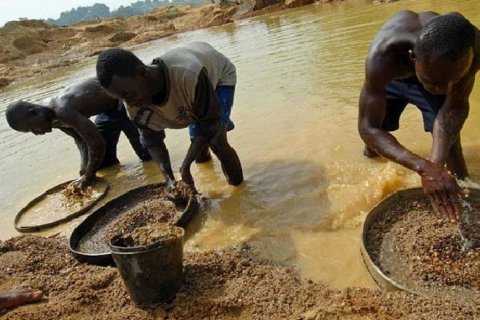Lindsay Read also believes that the government's quick response indicates that the government is committed "to supporting and accelerating" the project.
"Receiving the mining license in less than two months after execution of the investment contract, a process that normally takes three to five years, is a timely confirmation of the Angolan government and its commitment to support and speed up our project," she said, cited by the newspaper O País.
The license, which was approved by the Ministry of Mineral Resources, Oil and Gas, is renewable for up to 35 years and concerns the Cacáta deposit.
In May last year, the Ministry revealed the winners of the public tender for the delivery of mining rights, and awarded the rights of the Cácata concession, in Cabinda, to Minbos Resources, Lda.
Early next month some environmental consultants will go to Cabinda to do a baseline environmental survey in the wet and dry season. Then, in the September quarter, the mining permit area will be analyzed in order to prepare the environmental impact study.
A prospective study on this project had already been conducted last year. The conclusions indicated that the development cost of the project would vary between 22.4 million and 27.9 million dollars, based initially on a phosphate production capacity of 150,000 tons per year, but it is estimated that production will start at 50,000 tons per year.
Minbos, when the merger with Petril Fosfatos Limitada is completed, will have three phosphate projects in the country: the exploration in Cabinda will be added to projects in Lucunga and Pedra do Feitiçao (Zaire).
You can learn more about the Cabinda project here.

